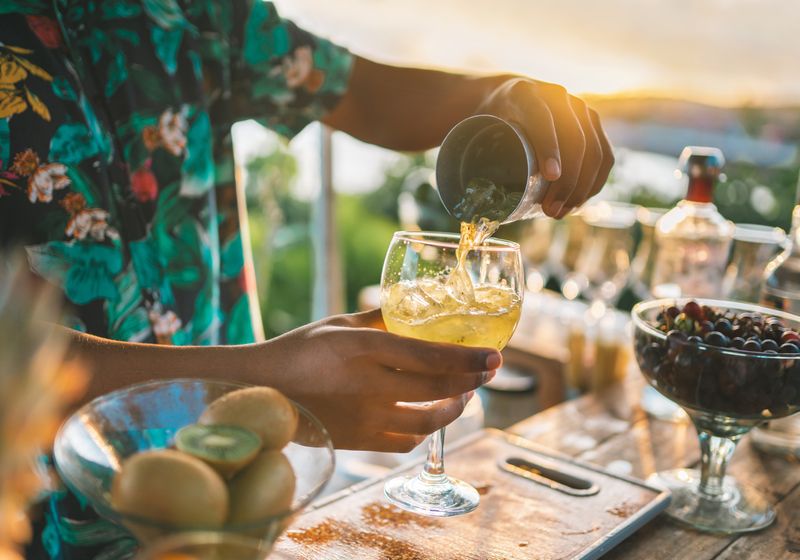When the juice of some fruits like lime drips onto the skin, exposing that area to sunlight can result in a rash, commonly called margarita burn or phytophotodermatitis.
About two years ago, Shirley Jiang, a clinical allergist and immunologist at Stanford University, came across an unusual case. An eight-year-old girl came to the hospital, suffering from a painful rash with swelling and redness on her palm.
The young girl’s parents told the doctors that she had visited a zoo where a giraffe had licked her hand, and she had immersed her hands in a tidepool. She had also attended a pool party. “So, there were a lot of concerns for infection too,” said Jiang.
When antibiotic treatment for potential infections did not help, Jiang and her colleagues considered other options. On further questioning, they learned that she had been squeezing limes just before the outdoor pool party, helping the doctors pinpoint the cause of the rash as phytophotodermatitis.1
What is a Margarita Burn?
Also called margarita burns or lime disease, phytophotodermatitis is an inflammatory skin reaction that occurs due to contact with light-sensitizing plant chemicals—such as those in limes—followed by exposure to sunlight. It can cause various changes to the skin in the area exposed to sunlight, including blisters that burn and itch. Despite the presentation, the phototoxic effects are not due to an allergic or immunological reaction, and can be resolved using topical or oral steroids.
Shirley Jiang, a clinical allergist and immunologist, has treated patients for margarita burns or phytophotodermatitis.
Shirley Jiang
While lime-induced margarita burns are well-described, “Lime is just one of the things that you can be exposed to that causes this reaction,” said Jiang. Exposure to the juice or peels of plants such as figs, celery, wild parsnip, and citrus can cause phytophotodermatitis as well.
These fruits contain photosensitizing compounds called cumarins and furocoumarins, which get activated upon exposure to ultraviolet (UV) A rays in sunlight.2 Two types of phototoxic reactions—oxygen-independent and oxygen-dependent—follow.3 In the oxygen-independent reaction, UVA-activated compounds bind to RNA and nuclear DNA, inhibiting DNA synthesis. The latter involves activated compounds releasing reactive oxygen species that trigger epidermal, dermal, and endothelial cell membrane damage and edema.
These phototoxic reactions cause rashes that most commonly appear in a streaking pattern on the skin, tracing the area where the juices of plants or fruits have dripped down. “It’s called a margarita rash because bartenders will have it leaking down their arms,” explained Jiang. However, she noted that anybody can experience this rash, especially in spring and summer. Margarita burns can also look different on different people.
The little girl who Jiang treated was an example of this. “What was unusual was that it looked more like an immersion type of rash,” said Jiang. “It was well demarcated, meaning that it had a very clear border to it. There was no streaking.”
A detailed investigation ultimately helped Jiang and her team land on the correct diagnosis, highlighting the necessity of clinical investigations to treat the condition.
How to Treat Margarita Burns?
Margarita burns may appear within one or two days after exposure to the sun. The initially inflamed and blistered skin often gives way to hyperpigmentation within a week, which resolves within a few months.2
However, the condition must be treated to avoid complications such as deepening wounds and thickening of lesions, which might require skin grafts in rare cases.3 Doctors may prescribe non-steroidal anti-inflammatory drugs or opioids to manage extreme pain. But applying topical steroids usually helps contain the inflammation in most cases. “Sometimes, if it’s more severe, oral steroids can work too,” said Jiang. “But usually, you want to limit that.”
So, how can one prevent getting such margarita burns? “Knowing about this possibility is the start of it,” said Jiang. Some other things that can help, according to her, are applying sunscreen and avoiding such fruits when outdoors. “If [for] some reason, you did come in contact with these things, then washing it off as quickly as you can, can also help.”

